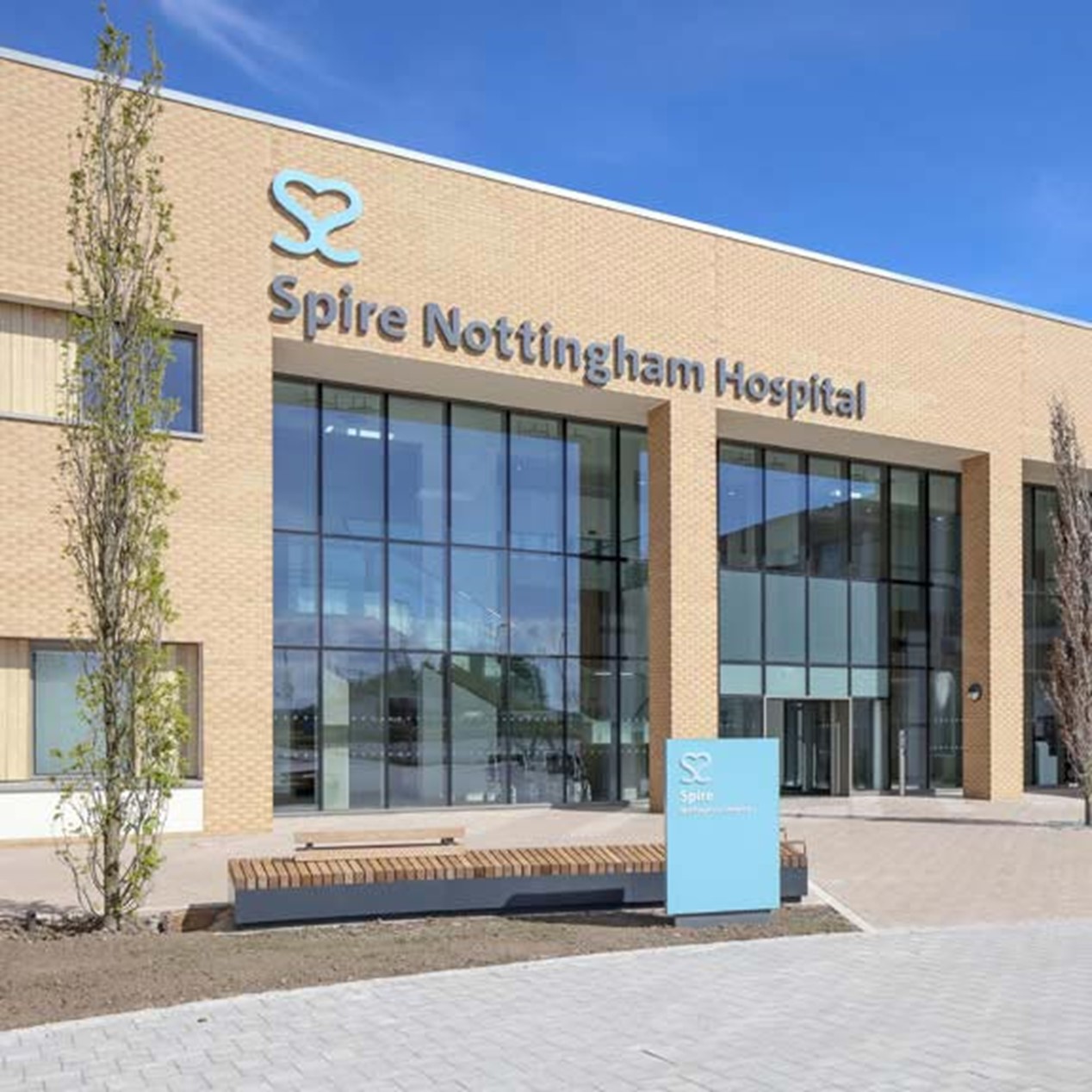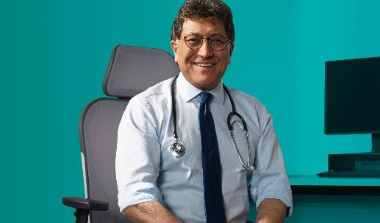Single dose intraoperative radiotherapy (SD-IORT) is an effective and convenient treatment for women who have been diagnosed with early stage breast cancer. It is a dose of radiation that is usually given during lump removal surgery, while you are still under a general anaesthetic. In most cases it removes the need for further radiation treatment.
Why you might need it
If you’re over the age of 45 and you need a small tumour removed (less than 3cm in diameter), your breast consultant will probably recommend this treatment.
It’s best suited for early stage breast cancer that is oestrogen-receptor positive. Other factors, such as the size of your tumour, are also important. It is often performed during lump removal surgery.
It also increases your chances of the cancer going into remission.
The benefits of this treatment are:
- Shorter treatment times. Because SD-IORT is a single targeted dose on one day, you can usually return to normal life more quickly. There isn’t the disruption to family and work life caused by travelling to and from the hospital daily for many weeks of radiation treatment. In most cases, only one dose is necessary.
- Speed. In early stage breast cancer, it delivers a concentrated dose of radiation to the tumour site immediately after it is removed. This helps to destroy microscopic and undetectable cells that may remain.
- Clinical research shows that the tumour site is often at risk of recurrence and traditional breast cancer radiation therapy requires a recovery period after lumpectomy surgery, which potentially leaves microscopic untreated disease in this area for some time.
- It spares healthy tissues. A very precise radiation dose is applied while protecting healthy tissue with an internal shield. Normal tissues and critical organs such as the heart, lungs and ribs can be spared from receiving radiation.
Many patients prefer this treatment because the radiation therapy and lump removal surgery can be done at the same time and they don't have to wait for their radiation treatment to begin at a later date.
If you have private medical insurance or are willing to pay for the operation yourself, we can help.
Find a Spire hospital offering this treatment

Who will do it?
Our patients are at the heart of what we do and we want you to be in control of your care. To us, that means you can choose the consultant you want to see, and when you want. They'll be with you every step of the way.
All of our consultants are of the highest calibre and benefit from working in our modern, well-equipped hospitals.
Our consultants have high standards to meet, often holding specialist NHS posts and delivering expertise in complex sub-specialty surgeries. Many of our consultants have international reputations for their research in their specialised field.
Before your treatment
You will have a formal consultation with a healthcare professional. During this time you will be able to explain your medical history, symptoms and raise any concerns that you might have.
We will also discuss with you whether any further diagnostic tests, such as scans or blood tests, are needed. Any additional costs will be discussed before further tests are carried out.
Preparing for your treatment
We've tried to make your experience with us as easy and relaxed as possible.
For more information on visiting hours, our food, what to pack if you're staying with us, parking and all those other important practicalities, please visit our patient information pages.
Our dedicated team will also give you tailored advice to follow in the run up to your visit.
The procedure
We understand that having surgery can be a time of worry and anxiety. Our experienced and caring medical staff will be there for you, holding your hand, every step of the way.
In the operating theatre, your breast surgeon will place a specially designed inflatable balloon applicator into the space where the tumour was removed. This space is called the tumour bed. Your surgeon can change the size of the balloon by inflating or deflating it until it fits snugly into the tumour bed. After the cancer has been removed a steel plate is placed on the chest wall to prevent damage to the ribs, lungs and heart. The entire dose of radiation is pumped through the applicator in ten to 20 minutes.
Aftercare
After surgery you will be taken from the operating theatre to a recovery room, where you will come round under close supervision.
After this, you will be taken to your room or comfortable area where you can rest and recuperate until we feel you’re ready to go home.
Pain relief
Some patients suffer a mild tenderness or discomfort from the lump removal surgery after they wake up from this procedure.
We will provide you with a supply of all the medicines your consultant feels you need to take home with you after you've left hospital, up to 14 days. This may be at an additional cost to some patients.
Recovery time
You usually experience fewer side effects after IORT compared to other types of breast radiation because less of the breast is being treated. Early side effects can include redness of the skin over the surgical site, dryness, and itching, which go away after a few weeks. Some women have bruising and swelling around the site. There will probably be a small amount of drainage from the area where your surgeon inserted the balloon. A small number of patients can have fluid build-up, bleeding, infection or a delay in wound healing where the applicator was inserted but should go away within a couple of weeks.
You will be advised on the steps you should take to speed up your recovery before you leave the hospital but you should arrange to take around a week off work.
It’s often possible to get back to light physical activities within two or three weeks but you won’t be able to do any serious sporting activity or heavy lifting for several months.
How your loved ones can help
Once you’re ready to be discharged, you’ll need to arrange a taxi, friend or family member to take you home because you won’t be able to drive. You should also ask them to help with shopping and cleaning for a few weeks.
Looking after you
We’re with you every step of the way through your recovery, even after you’ve left hospital.
After your operation we will provide you with all the appropriate medication, physiotherapy exercises, advice on what you should and shouldn't do, and any other follow-up support you need. Typically your consultant will want to see you after your treatment to see how you’re doing. A follow up appointment will be made before you leave the hospital.
The chance of complications depends on the exact type of treatment that you are having and other factors such as your general health. We will talk to you about the possible risks and complications of having this procedure and how they apply to you.
If you have any questions or concerns, we’re ready to help.
Why choose Spire?
We are committed to delivering excellent individual care and customer service across our network of hospitals, clinics and specialist care centres around the UK. Our dedicated and highly trained team aim to achieve consistently excellent results. For us it's more than just treating patients, it's about looking after people.
Important to note
The treatment described on this page may be adapted to meet your individual needs, so it's important to follow your healthcare professional's advice and raise any questions that you may have with them.

